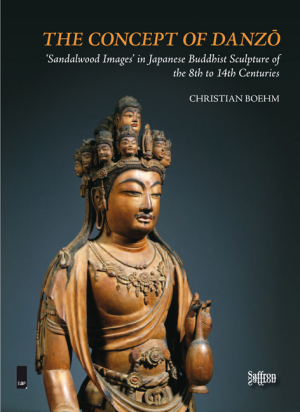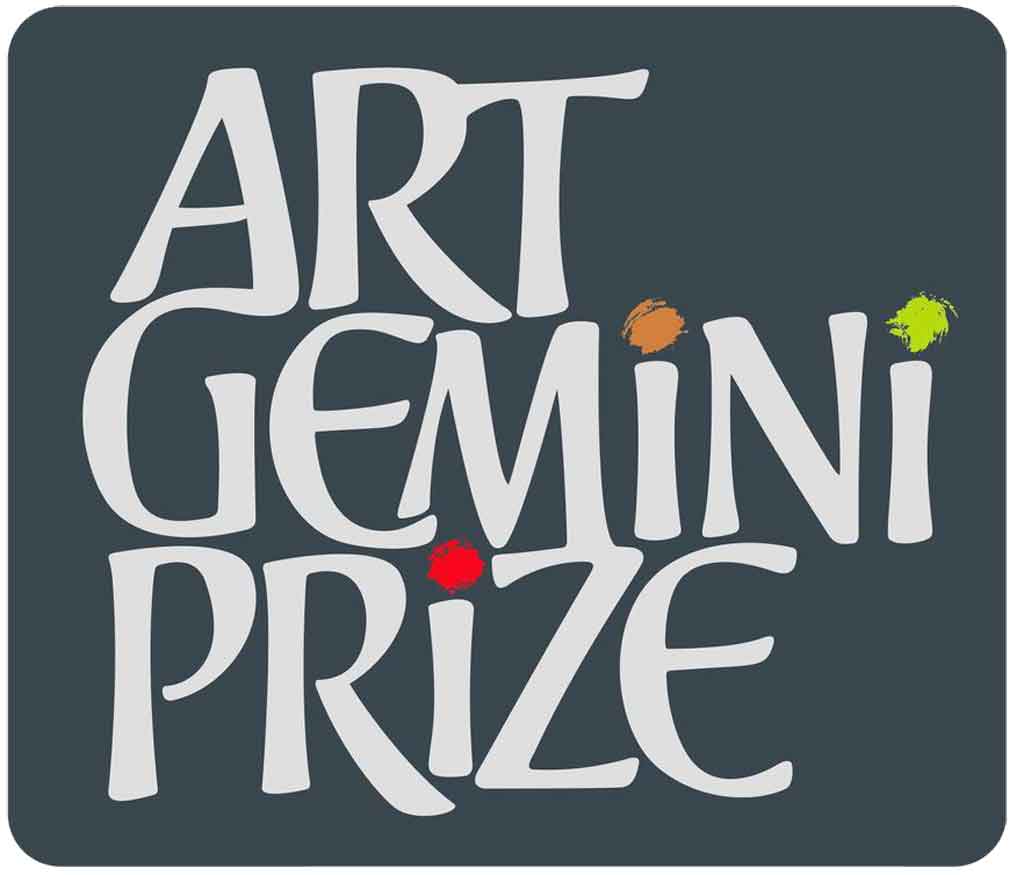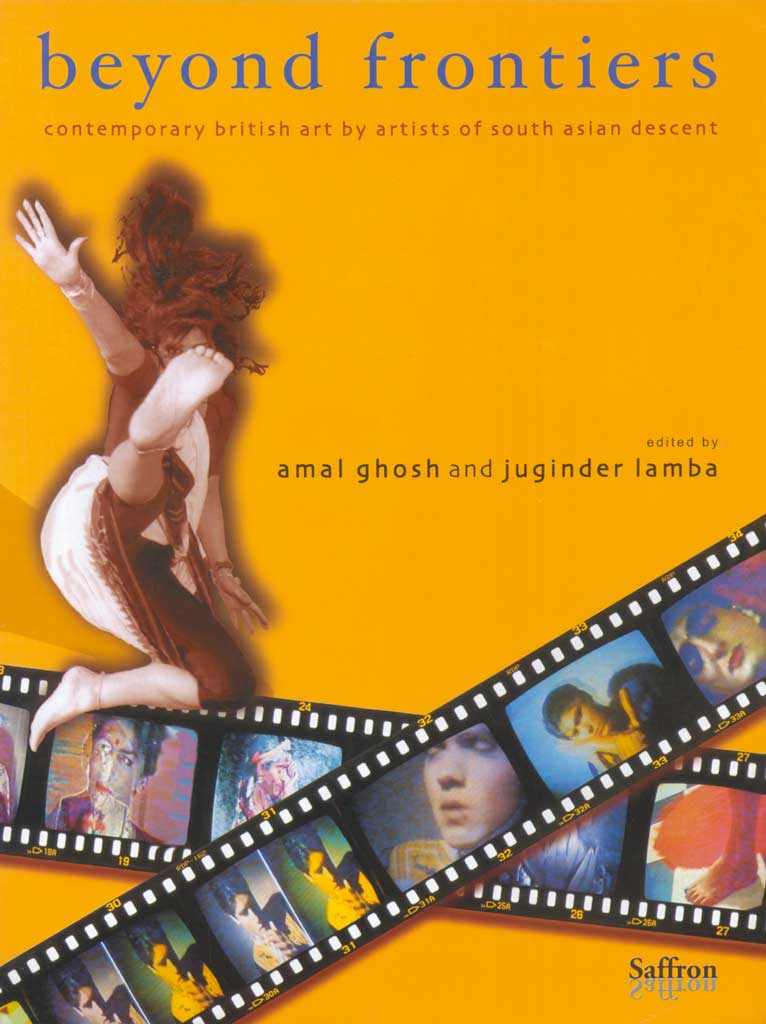Soon Yul Kang: Creation and Rebirth in Textile Art
Soon Yul Kang has been weaving images from her meditative mind into tapestries of breathtaking detail and sophistication, writes SAJID RIZVI. June 2010 sees the culmination of a long-drawn endeavour to bring her extraordinarily beautiful work to the attention of London’s eclectic and diverse audience. She has exhibited before in Britain, but her new solo show in the UK at the Artspace Gallery, appropriately titled Time for Stillness Time for Silence, brings together a selection of work that has already won her recognition in Britain and native Korea.
In an interview with Sajid Rizvi, Editor of Eastern Art Report, in November 2009 (published online in 2010), Soon Yul Kang explained that her reuse and reapplication of materials taken from personal possessions into her tapestry work was akin to destruction and death and then rebirth. In order to appreciate her interpretation of this concept one has to physically see the work — not just its images — as the works do not lend themselves easily to anything but highly sophisticated, high-resolution photograpy.
The weaving is so superbly executed that the first thought that occurs is: what a lot of hard work! SoonYul Kang is completely at peace with herself on this score because, she explains, what appears to be the toughest part of her art — the craft of creating the intricate weaves — is actually central to the meditative processes that go into the act of creation and before that, of course, the deliberate destruction of personal things.
Soon Yul Kang, by her own admission, does not directly draw on Korea’s rich textile tradition but rather gives expression to her innermost emotions — of agony, anxiety or pain. This being so, her art as a whole still invites us to consider the wholeness of a culture that has withstood many great tests and tribulations — of war, poverty and partition — and thrives in modern Korea.
Edited excerpts of the interview:
Sajid Rizvi. How did your interest in textile art begin and could you explain it in the context of your interest generally in various forms of Korean art?
Soon Yul Kang.While I was studying art and design in Korea at the beginning of the 1980s, I became very interested in textile arts. In the 1980s Korea began to open its borders to outside influences in business and in the arts, and this led to more western influence on Korean art and design.
My interest in textile arts began at the same time as an overall movement in Korean Art. That is, Korean art in South Korea in the 1980s started to apply various media and forms. As a result, textiles as an art medium began to be used by artists widely.
The textile arts in Korea started out as traditional embroidery and this became less popular as the new techniques and materials appeared in art departments in the late 1970s and early 1980s. These new forms and techniques and materials became very widespread. In this context, textile art includes tapestry weaving, batik, modern embroidery, felt making and paper making. Their form can be 2D, 3D or free standing form and installation. From this point on textile arts were recognised as an art form and not just a craft work. This movement to the use of different materials and forms applied not just to textile arts but to all forms of art.
SR. Korea has a rich tradition of textile arts, to what extent does your work derive from those traditions?
SYK. I don’t think my work derives from any of the traditional textile arts yet, even though I am very interested in their symbolic meanings and artistic forms.
SR. You are now settled in Britain and are at home with the British lifestyles, yet your art does not reflect your British surroundings, except perhaps in an abstract and allegorical sense. I am not suggesting that it should reflect British surrounds in a kind of in-your-face manner, but I am keen to understand what inspires you and keeps you going in the direction that you have chosen for yourself.
SYK. I came to the UK in 1994 to further my studies in textile arts. Before then my works were inspired from nature and my tapestries were a depiction of scenes from nature. After a successful solo exhibition in Korea in 1991, I decided that I wanted to change the direction of my work, so I came to London.
During my studies at Goldsmiths College I thought about the direction my work was taking. I became interested in the representation of human emotions, such as pain and conflict, into my art using textiles as the medium. I started to destroy personal belongings and use the resulting bits to recreate something new; this was a representation of death and rebirth.
I have employed Eastern concepts of death and rebirth in my works through the destruction and reuse of personal objects. In doing so, I used the ash to draw circle motions and to create a series of paper installation works. This was motivated by Korean culture and the Korean mother’s healing hands and sounds that she used to comfort and heal her children. I continued this concept of immortality by the tearing and burning of personal objects and their recreation in the form of tapestries and collages. From 2002 on my works became more concerned with meditation and inner contemplation.
SR. Your work reflects a singular serenity and invites the viewer into contemplation, reflection and self-examination and possibly self-discovery. But that result can only be achieved through a huge amount of concentration and hard work — which leaves little room for serenity or contemplation during the process of production! Can you explain a bit what happens when you are involved with making your work.
SYK. My work requires a huge amount of concentration and application. I am not sure that hard work is the right description. I get a great deal of fulfillment from seeing a finished tapestry that I am happy with. I regard the process as a meditative one that requires concentration on one single thing during the process. The process is very slow so one needs patience. It is a solitary process and that suits me as I prefer to be alone while weaving.
Once I decide what I am going to weave(create), followed by a preparation time for color samples etc, then I can sit down all day in front of the loom (or wooden frame), concentrate on what I do. When it goes smoothly well there is only happiness involved, on the other hands when it does not go so well-because I weave line by line to create a purposed image- that is pain and stress. The process involves a lot of attention to the subject matter, but once you settle down with it you can go along with a peaceful state of mind which I love. So actually there is a room for serenity and contemplation for me.
SR. What are you working on now?
SYK. I am currently working on creating a tapestry which reflects a serene landscape with a circle woven into it. This circle is not visible from a distance but is visible from close up.
A circle is one of my favorite images as there is a certain sense of immortality about it.
SR. Any future projects?
SYK. I have been invited as a demonstrator at Art in Action in 2010.
I would like to have a solo exhibition in London.
EDUCATION
1997 MA in Textiles, Goldsmiths College, University of London
1995 Diploma in Tapestry Weaving, West Dean College
1987 MA in Textile Design, Ewha Woman’s University, Seoul, Korea
1983 Research Course, Kawashima Textile School, Kyoto, Japan
1977 Ewha Woman’s University, Seoul, Korea
SOLO EXHIBITIONS
• 2001 Tape & Craft Gallery, Seoul, Korea
• 2000 Riverside Gallery, Richmond, UK
• 1999 Phoenix Gallery, Brighton, UK
• 1991 Lotte Gallery, Seoul, Korea
GROUP EXHIBITIONS
• 2008 TAPESTRY 08, the Dean Clough Gallery & Bankfield Museum, Halifax, West Yorkshire, UK
• 2007 CONTEMPORARIES, Farfield Mill Arts & Heritage Centre, Sedburgh, Cumbria
• 2007 Elite Artist of Korean Art, Ansan, Korea
• 2006 PAPER & MEANING, Goyang Art Centre, Goyang, Korea
• 2005 ART HOUSE EXHIBITION, Orleans House Gallery, Twickenham, UK
• 2004 PAPER & MEANING, Arabia Centre, Helsinki, Finland
• 2003 ATTENTION to DETAILS, Orleans House Gallery, UK
• 2001 NET WORKING PROJECT EXHIBITION, Korean Art Centre, Seoul, Korea
• 1998 SOUTH WEST OPEN EXHIBITION, Orleans House Gallery, UK
• 1997 WORKS in PROGRESS, On Gallery, Poland
• 1996 G-PLAN EXHIBITION, Lewisham Art House, London, UK
• 1996 SIMON JERSEY AWARD EXHIBITION, Antique Gallery, London, UK
• 1996-1998 The FIRST CONTEMPORARY FLAX & LINEN BIENNALE, Rouen, Fourmies, Paris in France, Quebec in Canada
• 1990-1994 SEOUL FIBER ARTS FESTIVAL, Seoul City Gallery, Korea
• 1993 CONTEMPORARY TAPESTRY EXHIBITION, Wakerhill Gallery, Korea
• 1993 The 27th KOREAN FINE ARTS ASSOCIATION EXHIBITION, Seoul Art Centre, Korea
• 1993 CHONBUK SANUP UNIVERSITY PROFESSORS’ RESEARCH WORKS EXHIBITION, Chonjoo Art Centre, Chonjoo, Korea
• 1992 TOP’S GALLERY FIBER ART EXHIBITION, Top’s Gallery, Seoul, Korea
• 1992 The26th KOREAN FINE ARTS ASSOCIATION EXHIBITION, Seoul Art Centre, Korea
• 1991 ‘91 YOUNG ARTISTS EXHIBITION, Fusion Gallery, Seoul, Korea
• 1991 The Second EWHA FIBER ARTS EXHIBITION, Kyung In Gallery, Seoul, Korea
• 1989 The First EWHA FIBER ARTS EXHIBITION, Seoul Press Centre Art Gallery
• 1988 ‘88MODERN FIBER ART 18 ARTISTS’ EXHIBITION, Kumkang R’nore Art Hall, Seoul, Korea
• 1987 ‘87 MODERN FIBER ART 20 ARTISTS’ EXHIBITION, German Literature, Seoul, Korea
• 1987 KOREAN MODERN FIBER ART INVITING EXHIBITION, Mindelheim Museum, Mindelheim, Germany
• 1986 Six PERSONS’ FIBER ART EXHIBITION, Sum Gallery, Seoul, Korea
• 1986 FIBER ART MINIATURE 6 PERSONS’ EXHIBITION, Erang Art Gallery, Korea
AWARDS
1996 The ‘96 Simon Jersey Tapestry Award, UK
1989 First Prize in Tapestry Weaving Competition organised by the Weaving Shop in Korea
1986 Selected in ‘86 Design & Craft Competition organised by Korean Design Centre
1984 Design Award in Design Competition by Jamion Textile Company







